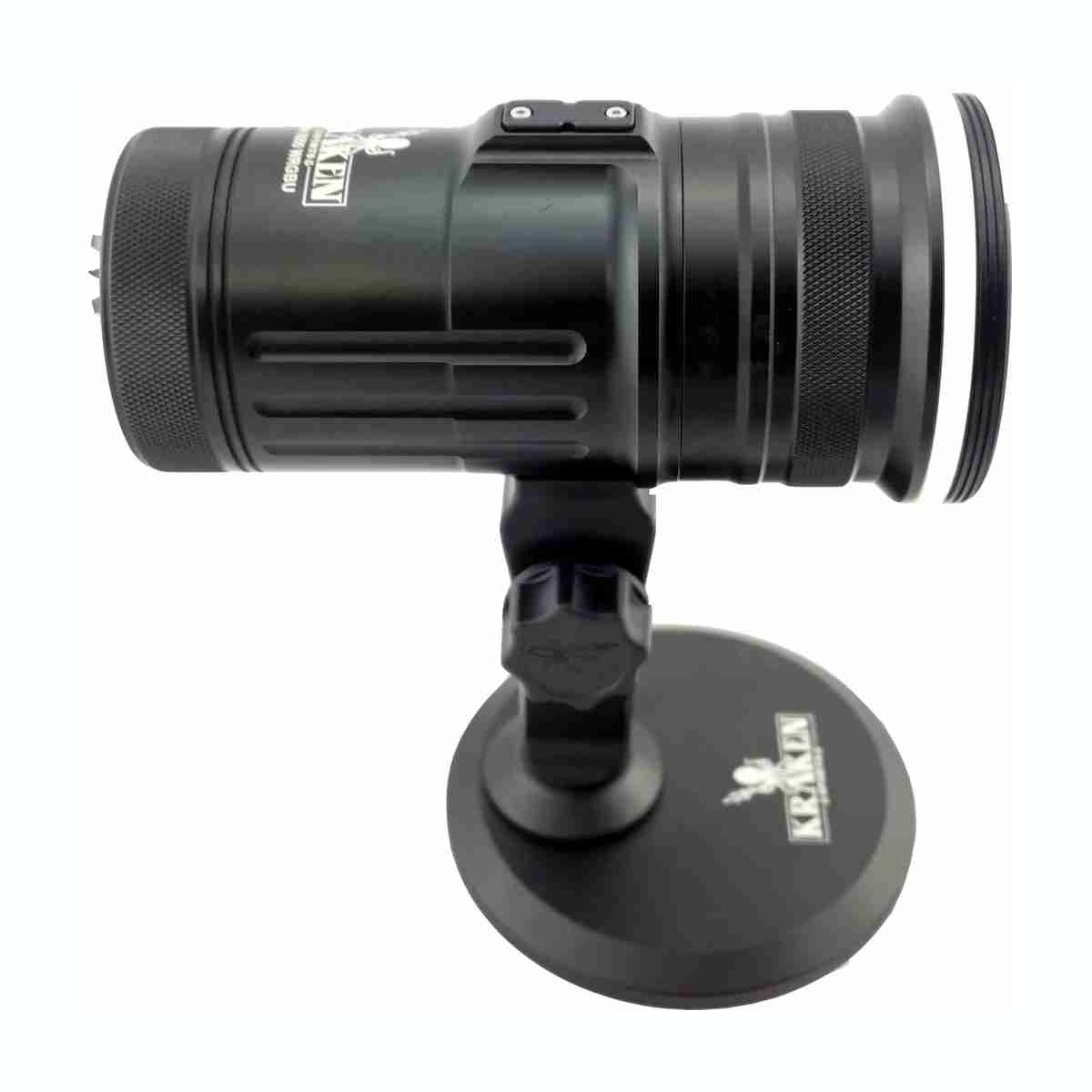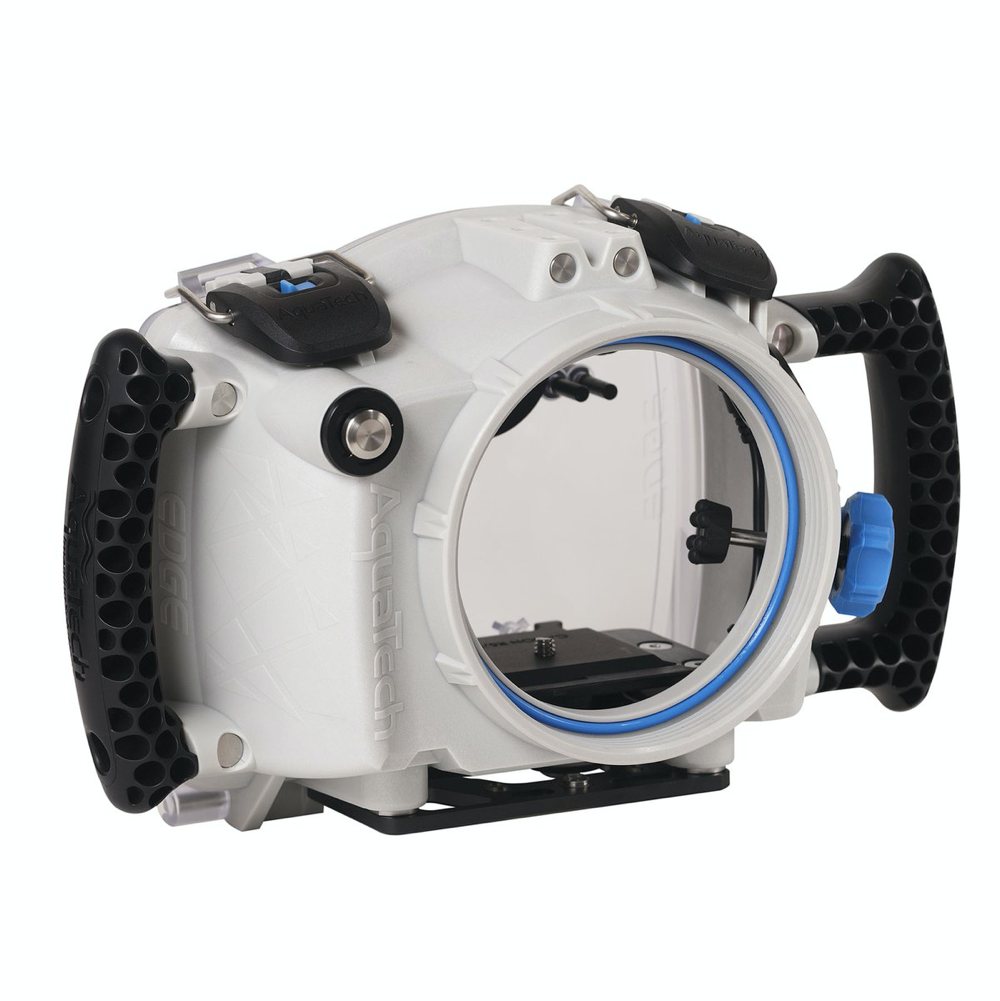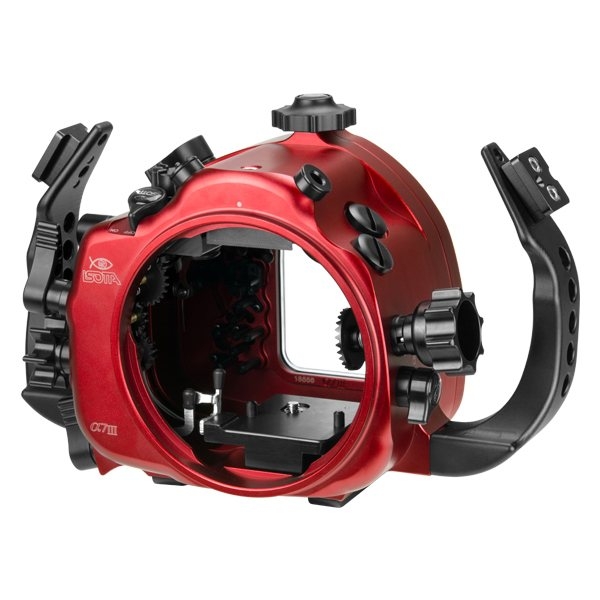- Home
- Directory
- Shop
- Underwater Cameras - Photographic Accessories
- Smartphone Housings
- Sea Scooters
- Hookah Dive Systems
- Underwater Metal Detectors
- Dive Gear
- Dive Accessories
- Diving DVD & Blu-Ray Discs
- Diving Books
- Underwater Drones
- Drones
- Subscriptions - Magazines
- Protective Cases
- Corrective Lenses
- Dive Wear
- Underwater Membership
- Assistive Technology - NDIS
- On Sale
- Underwater Gift Cards
- Underwater Art
- Power Stations
- Underwater Bargain Bin
- Brands
- 10bar
- AOI
- AquaTech
- AxisGo
- Backscatter Underwater Video and Photo
- BLU3
- Cayago
- Chasing
- Cinebags
- Digipower
- DJI
- Dyron
- Edge Smart Drive
- Eneloop
- Energizer
- Exotech Innovations
- Fantasea
- Fotocore
- Garmin
- Geneinno
- GoPro
- Hagul
- Hydro Sapiens
- Hydrotac
- Ikelite
- Indigo Industries
- Inon
- Insta360
- Intova
- Isotta Housings
- Jobe
- JOBY
- Kraken Sports
- LEFEET
- Mirage Dive
- Nautica Seascooters
- Nautilus Lifeline
- NautiSmart
- Nitecore
- Nokta Makro
- Oceanic
- Olympus
- OM System
- Orca Torch
- Paralenz
- PowerDive
- QYSEA
- Scubajet
- Scubalamp
- Sea & Sea
- SeaDoo Seascooter
- SeaLife
- Seavu
- Shark Shield
- Sherwood Scuba
- Spare Air
- StickTite
- Sublue
- Suunto
- SwellPro
- T-HOUSING
- Tusa
- U.N Photographics
- Venture Heat
- XTAR
- Yamaha Seascooter
- Youcan Robot
Julian Rocks
Contributed by Wandy Hochgrebe

According to a story from the Bundjalung people a jealous husband threw his spear at the canoe of his wife and her lover. The canoe broke in two and sank to the bottom of the ocean. Only the back and the front of the boat stuck out of the water, creating a rock formation just 2.5 km off shore.
Named by Captain Cook in 1776, Julian Rocks in Byron Bay consists of ancient sedimentary rock, remains of a volcanic eruption more than 20 million years ago. It is an extension of Cape Byron separated by water and forms a most unique marine reserve, providing shelter and food for more than 500 tropical and temperate fish species alone!
Since 1982, after 10 years of lobbying by local users, Julian Rocks falls under the Fisheries and Oyster Farms Regulation. This means that injuring, disturbing and removal of all forms of marine fauna within a 500 meter radius of the rock is prohibited. Starting on November 2002 Julian Rocks has become part of Cape Byron Marine Park with new zoning plans being discussed over the next few years.
Not only does Julian Rocks provide resting and nesting grounds for many seabirds, such as seagulls and cormorants, underneath the water is an invisible world with abundant marine life present.
With water temperatures and currents changing throughout the year there are many seasonal visitors. The grey nurse sharks come to Julian Rocks during the winter months, presumably to breed. Although these sharks look ferocious with their mouths slightly opened and their teeth sticking out, it is perfectly safe to dive with them. In spring the blue tang pays Julian Rocks a visit. This is a fish, which can be easily distinguished by its blue body and bright yellow tail. Schools of big-eye trevally are most common in summer. The docile leopard sharks can be seen on almost every dive during mid-summer when the waters are warmest. The spotted patterns on their skin gives them their name. Most of the time they lie resting on the sand, but if you are lucky you can see them swimming, moving their long tail slowly. In summer and early autumn manta rays cruise elegantly through the waters surrounding the rock. Sometimes feeding and definitely curious they are fantastic to encounter.
And then there are of course the ‘regulars’ like different species of wobbegong sharks, turtles, cuttlefish (family of the octopus), schools of white spotted eagle rays, egg-cowry shells, moray eels, banner fish, giant guitar fish and shovel-nose rays. Sometimes there are so many fish around, you can hardly see where you are going. Not to mention all sessile animals (attached to substrate) like tunicates, colourful sponges, both hard and soft corals, giving you the feeling you are floating through some beautifully landscaped underwater garden.
The Rock also forms a home for rare species such as the leaf scorpion fish, the pineapple fish with bioluminescent organs under its eyes, the shy blue devil fish, white banded anemone fish and a species of nudibranch previously thought not present in Australian waters (Noumea labouti). (A nudibranch is a colourful underwater snail without a shell, carrying its respiratory organ on its back)
The interaction of tropical and temperate species makes every dive an exhilarating adventure. The three minute boat trip to the rock is almost as exciting: surfing the waves sometimes accompanied by playful dolphins. From May till September the Humpback whales come past Byron Bay and can easily be spotted from the boat. With water temperatures up to 25 degrees Celsius and visibility of 20 meters at most times there is really nothing to complain about.
Fortunately the dive operators in Byron Bay also realise the value of this Aquatic Reserve. Moorings have been put in place and are taken care of, so destructive anchors are not needed. And since there are only a limited number of commercial vessel launching licences available, no over-diving can take place.
All different dive sites around Julian Rocks are equally impressive and offer dives that are spectacular for the novice and the very experienced underwater explorer!
Article by Wandy Brouwer & Tim Hochgrebe
Shopfront
-
 Kraken Hydra 8000 WRGBU
Kraken Hydra 8000 WRGBU
- Price A$ 1,129.00
-
 Kraken Sports KR-S80 Strobe
Kraken Sports KR-S80 Strobe
- Price A$ 889.00
-
 Scubalamp F22 Compact Focus Light - 2,000 lumens
Scubalamp F22 Compact Focus Light - 2,000 lumens
- Price A$ 169.00
-
 Stickon Bifocals - StickTite Lenses - 32mm
Stickon Bifocals - StickTite Lenses - 32mm
- Price A$ 49.95
-
 AquaTech EDGE Base Camera Water Housings - Nikon mirrorless
AquaTech EDGE Base Camera Water Housings - Nikon mirrorless
- Price A$ 1,249.00
-
 Inon UCL-165 M67 Underwater Close-up Macro Lens +6
Inon UCL-165 M67 Underwater Close-up Macro Lens +6
- Price A$ 249.00
-
 CineBags - CB23 DSLR Backpack
CineBags - CB23 DSLR Backpack
- Price A$ 405.95
-
 Scubalamp Remote Control
Scubalamp Remote Control
- Price A$ 99.00
In the Directory

 AOI Australia
AOI Australia
AOI underwater photographic products - a professional OEM/ODM underwater camera casings and underwater electronic products manufacturer. Great quality wet lenses for underwater photography.
 Yamaha Seascooters
Yamaha Seascooters
Exclusive official distributor and dealer for Yamaha Seascooters in Australia, New Zealand and Fiji. Yamaha Seascooters feature light and efficient personal water scooters that are fun and affordable to anyone.




















